Mobile cranes (or hydraulic truck cranes) are very versatile, used in endless roles. They are often critical in many jobs as the primary handlers and movers of materials. These very useful cranes come in many shapes and sizes, too. Size specifications and other measurements are extremely important in selecting the right crane for the job.
Crane Measurement Essentials
There are multiple measurements which affect crane selection. These measurements need to be assessed to meet handling capacity requirements. The measurements and calculations described in this article are based on ranges of criteria. Formal measurements are usually calculated on mathematical tables related to loads, boom and jib sizes, and other critical performance specifications. Contact the experts at Pro Lift Crane Service for help determining exactly which crane is right for your job.
Size of the Crane (Tonnage)
This measurement is sometimes confusing:
- The weight referred to is the weight of the load, not the crane.
- Weight capacity calculation is based on a baseline measurement of the movement of a specified load starting at 5 feet from the centre pin of the crane. Weight capacity reduces as distance increases.
- Tonnage capacity is calculated by calculating the weight to be moved by the crane, relative to the distance of the load movement.
- There is also the very important calculation of “tipping weight”, a weight at which a load becomes unsafe on a crane. This is a safety margin, used to ensure that the crane can handle a particular weight without risk.
- Loads on the crane should not exceed 85% of the tipping weight level.
A 10 ton load which must be moved 100 feet, therefore, is calculated with the following considerations:
- Load to be moved (maximum single load weight)
- Load movement distance
- Boom length
- Safety margin
Boom Length
The boom length of a crane refers to the main boom, not a jib or other attached equipment for the purpose of this description.
Boom measurements are calculated using the following factors:
- The physical length of the boom
- Angle of inclination during operation in a 360 degree environment
- Extension or contraction of the boom
- The height of boom elevation at any given stage in operation
The boom when extended factors in various possible loading stress issues. If you’re lifting a heavy load, the length of the boom must also include calculation of tonnage, as per above. In effect, you need to calculate a boom length with the capacity to manage all load movements to required distances.
Jib Length
Mobile crane jibs are articulated extensions from crane booms, designed to carry a specified safe load of torque in operation. The jib length, naturally, is therefore an extremely important calculation. Torque can be dangerous when moving heavy loads, so this calculation is conducted under very strict safety parameters. Modern cranes sometimes use sensors to measure torque during operation.
Jib measurements are calculated with the following variables:
- The physical jib length
- Degree and angle of extension (a range of measurements between the minimum and maximum extensions)
- Type of jib (Fly jib or fixed jib) may affect calculations
Max Boom Angle
The maximum boom angle is the highest angle of elevation a crane can safely achieve. This angle is particularly important when raising loads to high elevations, and is a critical safety issue in crane operation.
Maximum boom angles vary considerably depending on the type of crane. These angles are defined as the maximum safe boom angles, at which the crane can be operated.
Working Range
The working range of a crane is defined as:
- The extension of the boom to its minimum and maximum distances.
- The elevation of the crane at its minimum and maximum extension.
Please note that these ranges refer directly to operational parameters, and accessibility of the crane to load destinations. It’s strongly recommended to consider a crane which can meet or exceed all these criteria within its normal operating specifications.
Max Line Pull
Max line pull refers to the maximum extension of the wire rope and feet-per-minute rate of lift. These lines are subjected to huge stresses in operation, hence the importance of establishing the operating limits of the lines under loads. These specifications are major safety factors for operation of any crane, used to establish safe lift parameters in conjunction with other boom and jib measurements.



